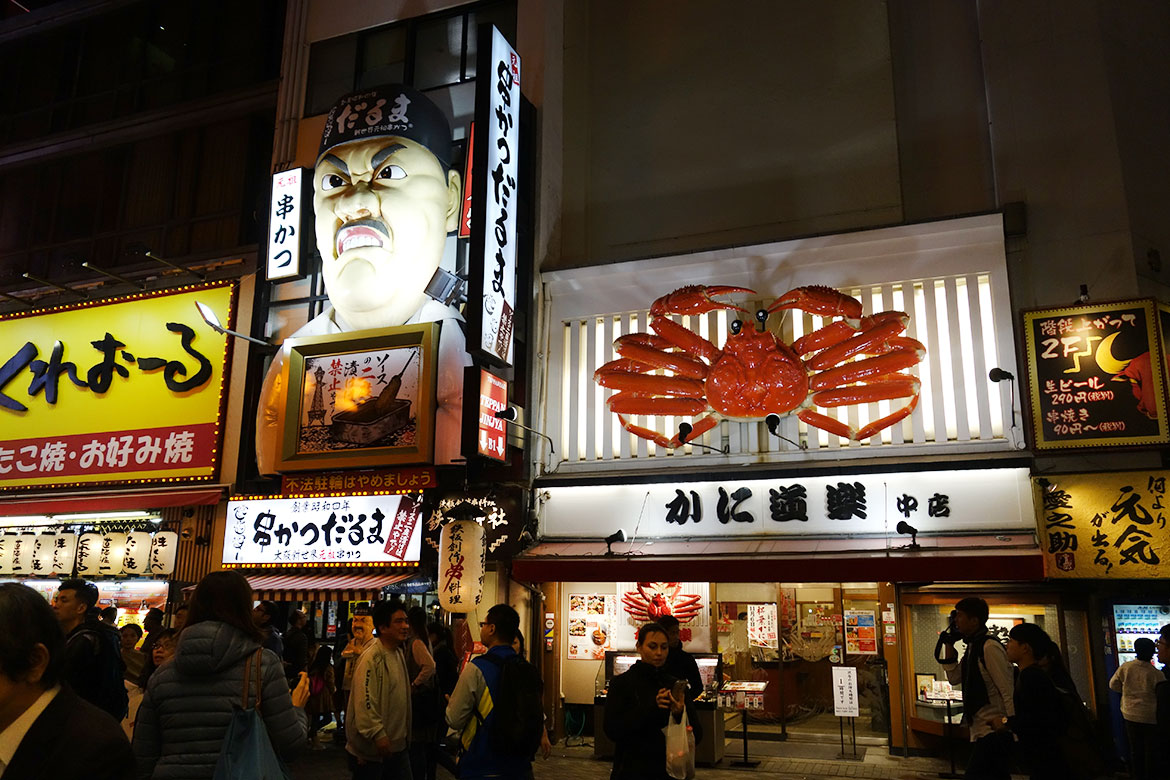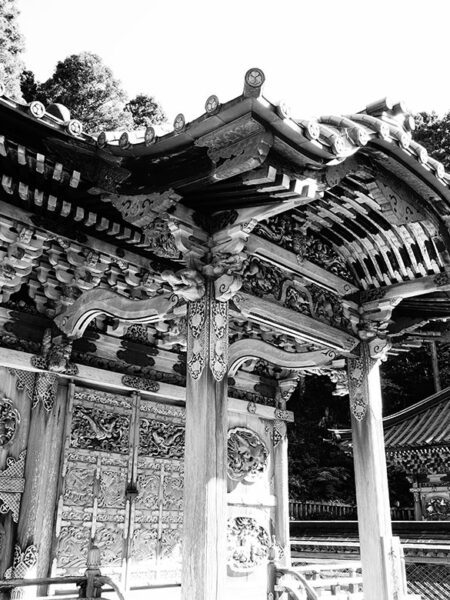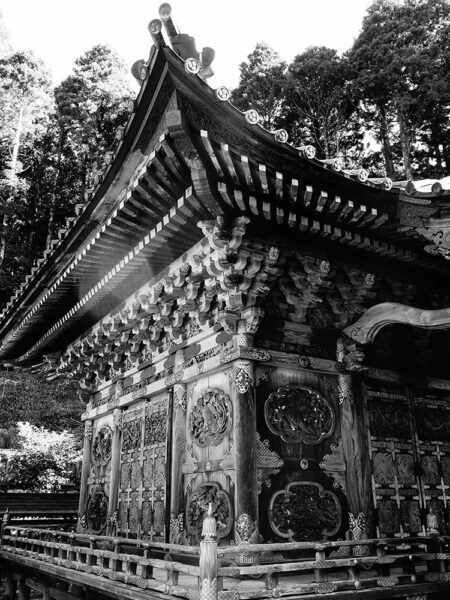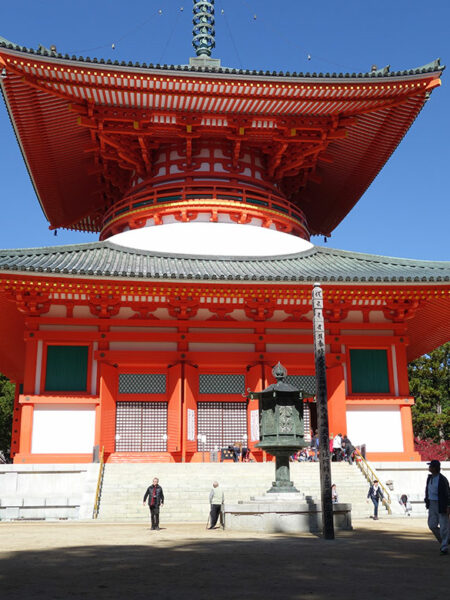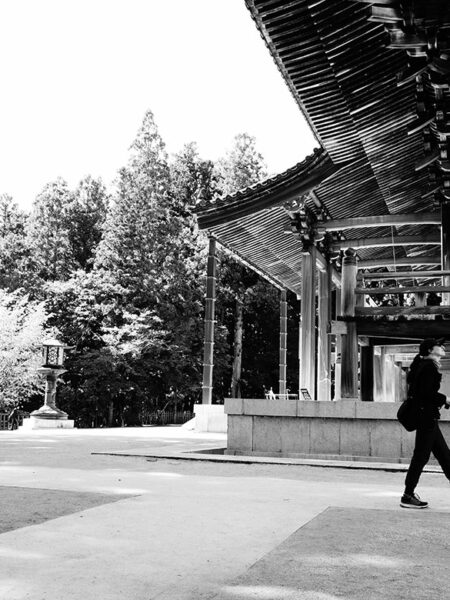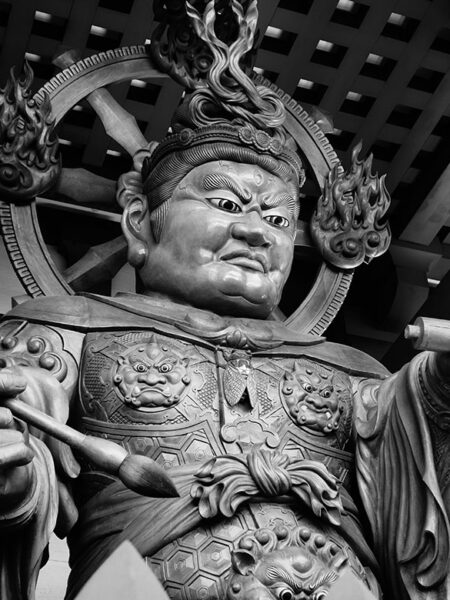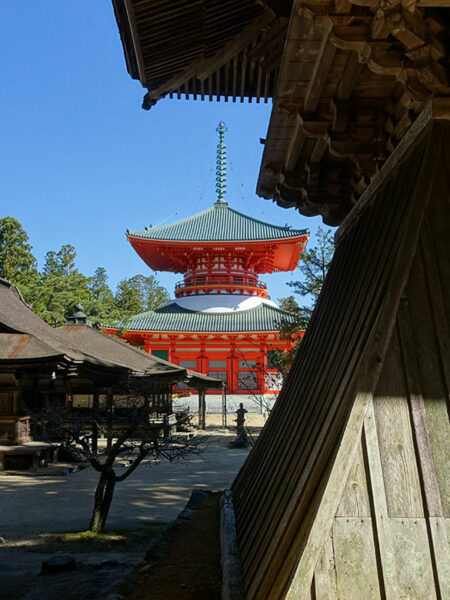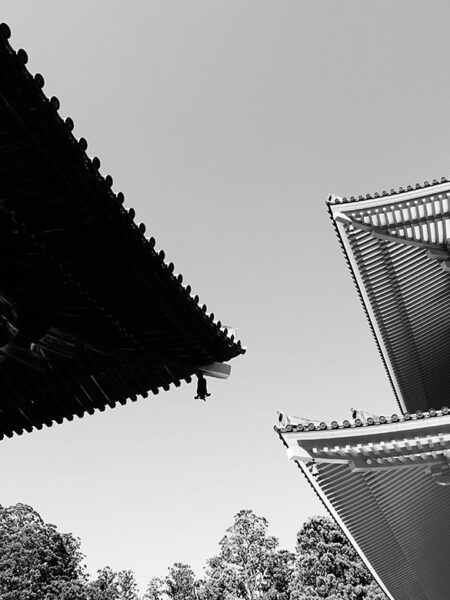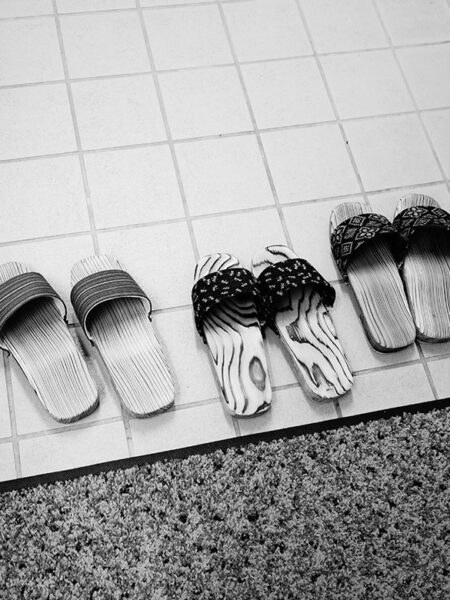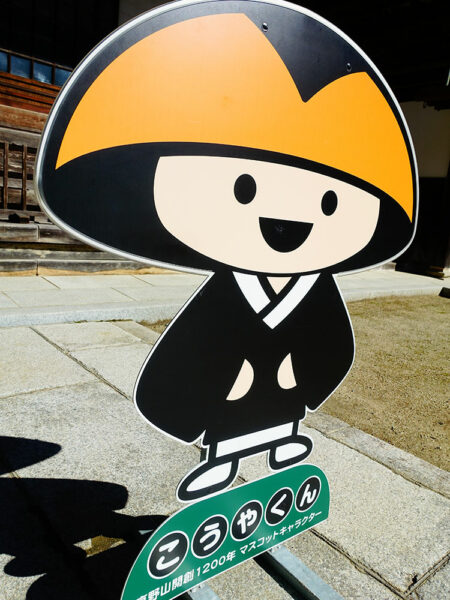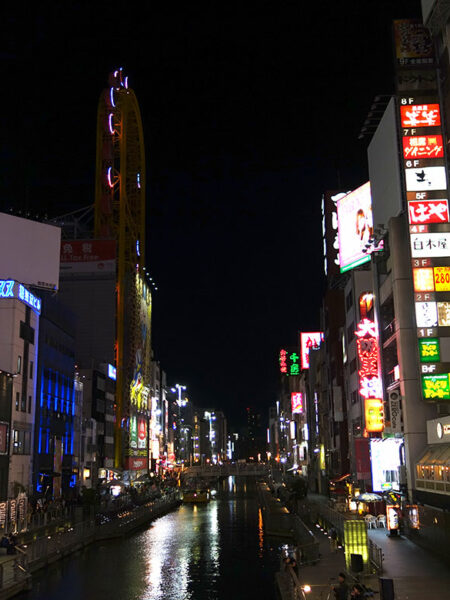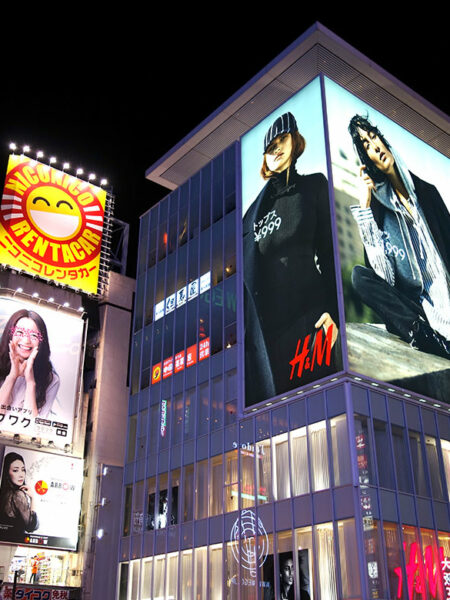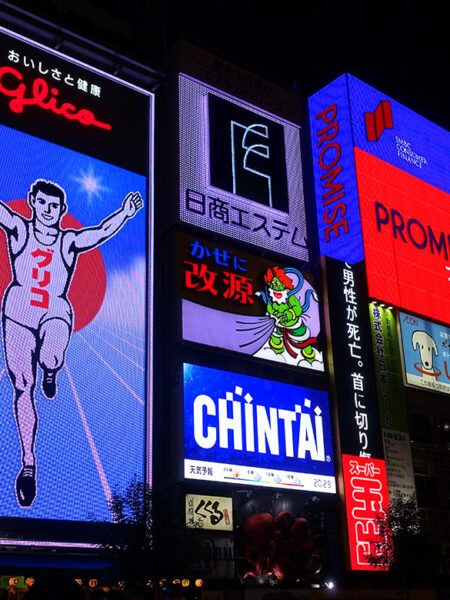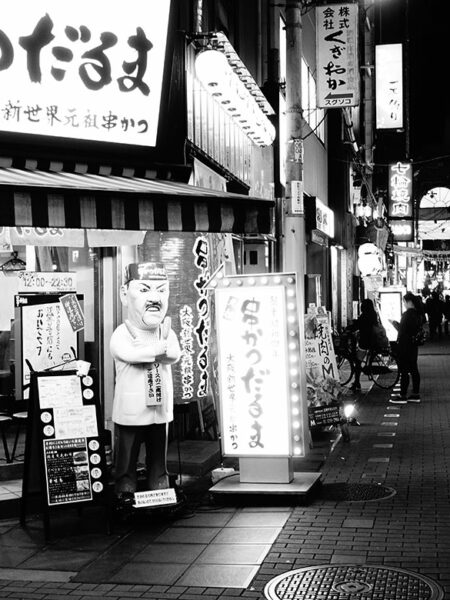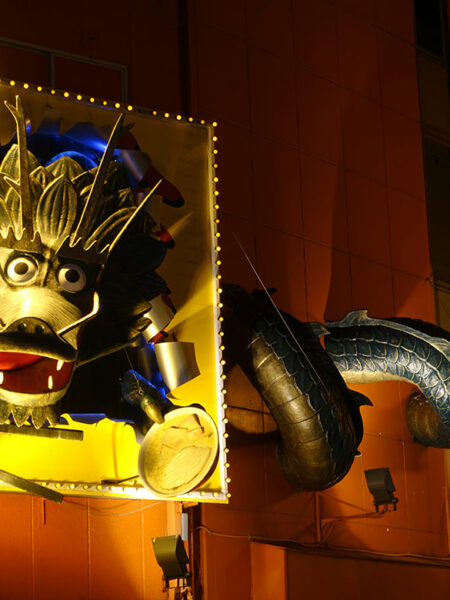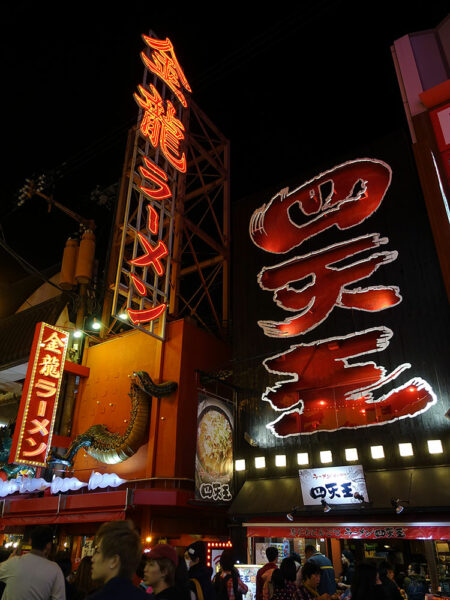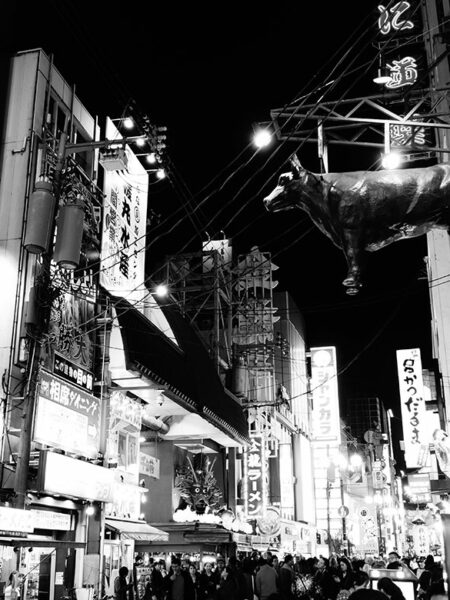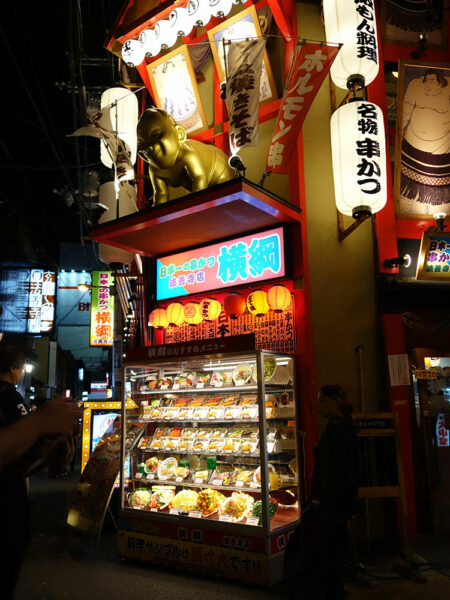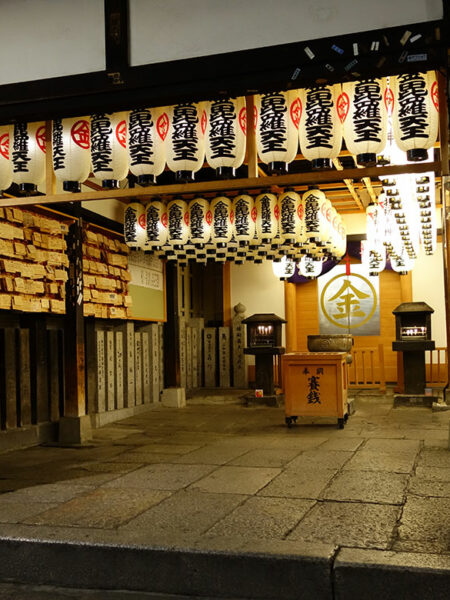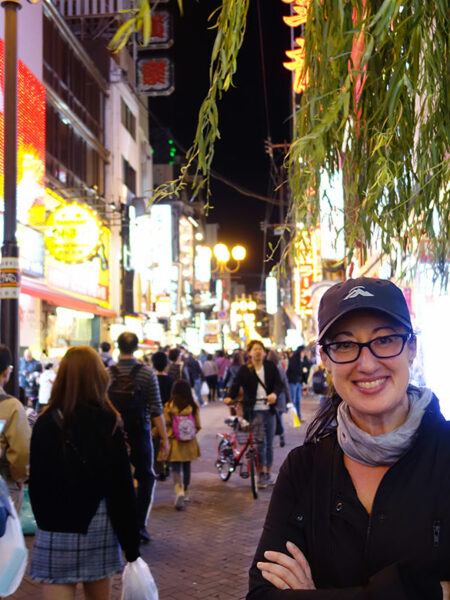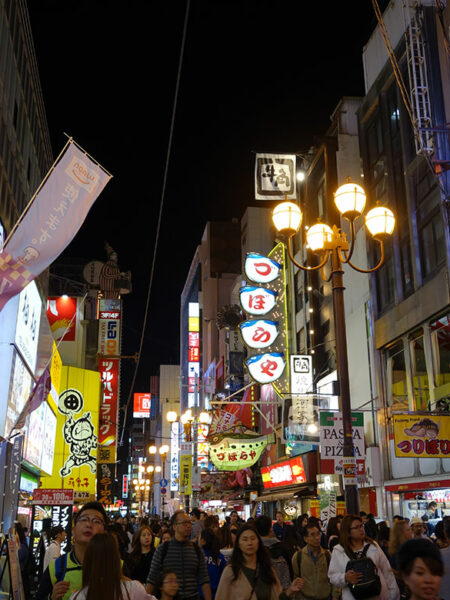One futon on a tatami mat and a small, hard pillow does not make for the best of sleeps, but when a gong rang out to wake us at 6am I felt relatively rested. We quickly dressed and shuffled down the wooden hall in our loose slippers (which are almost impossible to keep on your feet when climbing or descending stairs) to the hondo, the shrine of the temple. There we were handed a pinch of powder with which to ‘wash’ out hands, and a few printed sheets explaining the prayer procedure and spelling out the syllables of the sutra that we’d be chanting.
The shrine was small but very ornate; a visual feast of gold, lanterns and flowers. The head priest introduced himself and explained the process of the ceremony, then he, another priest, Roger, and, back near us sitting in chairs around the wall, a young girl, all started chanting, punctuated by the occasional strike of a gong or clash of cymbals. When indicated, the guests got up in turn, to kneel before a large censor, put hands together and bow, take a pinch of incense, pray three times (the priest suggested for world peace, family and friends, and self) – each time placing the pinch of powder in the charcoal – then bow again.
Near the end we joined in on the chant, following the syllables from our sheet.
The whole ceremony was about half an hour long and the early hour, the smell of incense, the intricate interior and the sonorous chanting combined to create a hypnotic atmosphere.
Afterwards the priest (we never did get his name) asked if anyone had any questions. As usual everyone was timid and quiet, but Carol spoke up and asked about the relationship between Shintoism and Buddhism – an excellent question, I thought – and we got a well-considered, intelligent and informative reply.
The main point was that in Japan there is not the same concept of ‘religion’ and being ‘religious’ that we have in the west. Most people still have a spiritualism rooted in early animism, and a connection to nature spirits and the like, which is similar to early beliefs all over the world.
It was an interesting morning, and a fitting end to a short but wonderful stay. We left our bags, and as I did so I gave Roger one of the two sets of New Zealand wooden coasters we’d brought with us as gifts. He was bowled over and very happy!
Out to see Koya-san, we grabbed some breakfast from the supermarket, then walked to the Tokugawa Mausoleum: two identical mausoleums for Ieyasu, the first shogun, and his son Hidetada (though neither are buried there). Then heading back, we explored the Kongobu-ji, the headquarters of the Shingon Buddhism sect. Some rooms with painted screens, a zen rock garden, and a brief listen to an abbot lecturing in Japanese while we had tea, but the most affecting room was one in which a 16th century fellow called Toyotomi Hidetsugu committed suicide in 1595 (along with three young male lovers/followers).
The next stop was the excellent Treasure Museum, which had some beautiful 12th century statues among other items. Then the Garan, Koya-san’s central temple complex, which featured a very large hall with five towering gilt statues of the Cosmic Buddha and his four attendant Buddhas, surrounded by spectacular painted pillars.
After a brief lunch we picked up our bags and said many friendly farewells to Roger, who gave us an envelope with a lovely message and an origami crane in it, thanking us for our gift – and some rice crackers for our trip.
A long, hot, dull train ride retracing our steps to Osaka, and we were back in the big city. Our hotel is right in the main station complex. After a quick shower we headed out and, after interpreting the subway system in record time, made it to the Dotombori area of town, which immediately hit us in the face with towering office blocks and huge neon signs. Nearby we found the bridge over the Dotomobori-gawa canal, packed with people, bursting with noise, music and advertising, loomed over by huge video screens, neon, colour and lights. The full Bladerunner experience! We walked around the area, taking photos and video (like a lot of other people – one of the advantages of being a tourist in Japan is that the locals act even more like tourists than you do) and staring wide-eye at the giant crabs and characters and dragons and hell, even a giant cow, hanging over the storefronts … incredible fun and an amazing contrast to the morning temple-hopping. Two types of temples at which to worship, I guess …
We had an excellent dinner in a little quiet place called Imai Houten, served tempura and noodles by friendly middle-aged women, then plunged back into the river of people and neon lights. Some fantastic little side streets suddenly changed the moon, then we}d be back in the craziness again.
After a final walk along the canal, we were both beginning to fall on our feet, so we headed back to the hotel.

